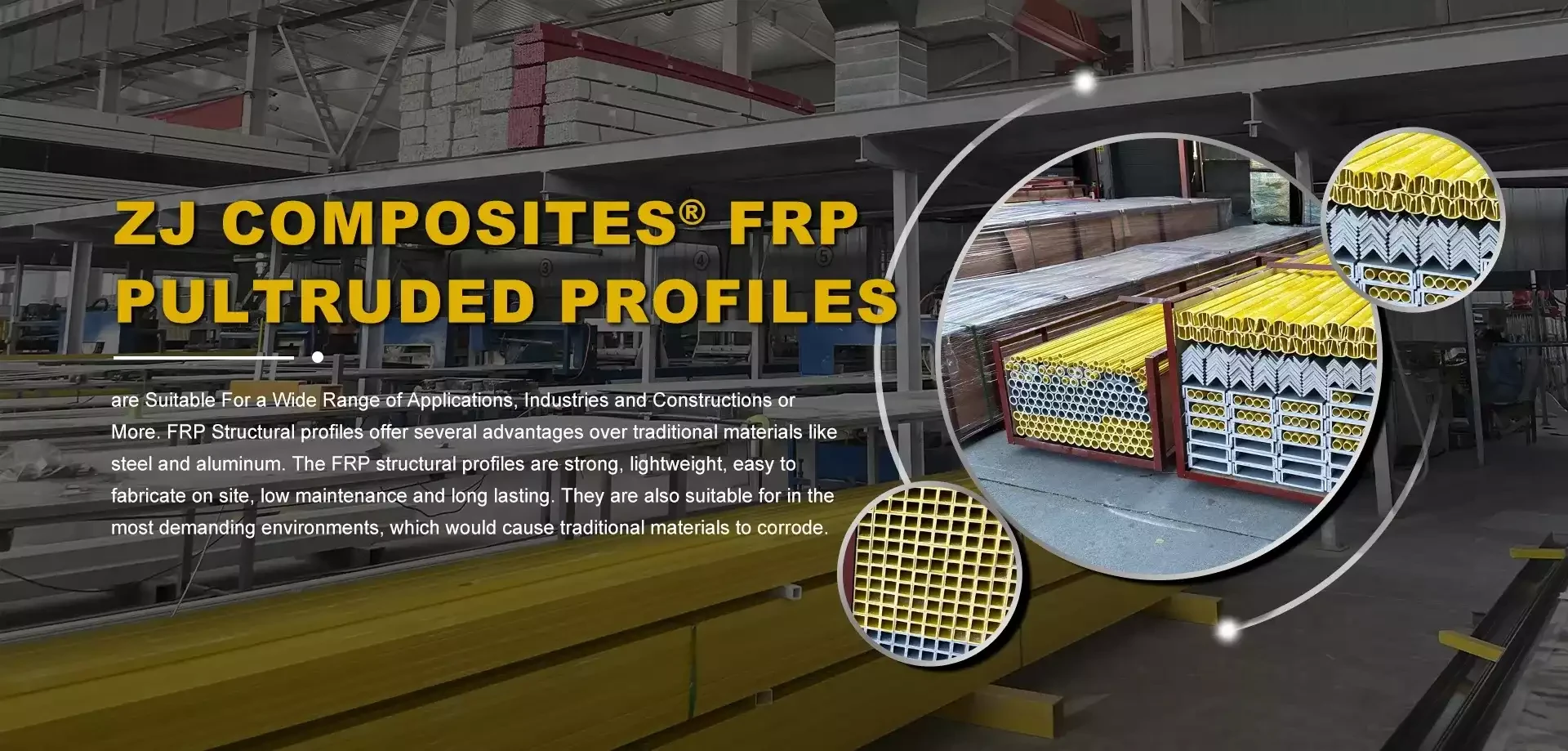loading...
- No. 9, Xingyuan South Street, Dongwaihuan Road, Zaoqiang County, Hengshui, Hebei, China
- admin@zjcomposites.com
- +86 15097380338
- Welcome to visit our website!
Understanding Well Water Pressure Tanks for Efficient Water Management Solutions
Understanding Well Water Pressure Tanks
Well water pressure tanks are essential components of water supply systems that draw water from underground wells. These tanks play a critical role in ensuring that water is readily available in homes, especially those that rely on well systems for their water supply. Understanding how these pressure tanks operate and their importance can help homeowners maintain an efficient and reliable water system.
A well water pressure tank serves the primary function of storing water and maintaining consistent pressure in the plumbing system. When water is pumped from the well, it fills the tank and pressurizes the air inside. This pressure enables the system to supply water on demand, delivering it to faucets and appliances throughout the home. When a tap is turned on, the pressure in the tank forces the water out without requiring the pump to engage continuously, thus conserving energy and prolonging the life of the pump.
One of the key features of a well water pressure tank is its ability to maintain a specific water pressure range. Most tanks are equipped with a pressure switch that controls the activation of the pump. This switch is set to turn the pump on when the tank pressure drops to a predetermined level (the cut-in pressure) and to shut it off when the tank reaches a higher pressure (the cut-out pressure). This automated process ensures that water is available at the desired pressure without constant monitoring by the homeowner.
well water pressure tank

There are two main types of pressure tanks bladder tanks and diaphragm tanks. Bladder tanks contain a rubber bladder that separates the air and water, allowing for efficient pressure maintenance and reducing the risk of waterlogging. Diaphragm tanks also use a flexible membrane but have a different design, which can impact the water delivery characteristics. When choosing a tank, homeowners should consider factors such as tank size, material, and application to ensure optimal performance for their specific needs.
Proper maintenance of well water pressure tanks is crucial for their longevity and efficiency. Regular inspections can help detect signs of corrosion, leaks, or pressure loss. Homeowners should also check the air pressure in the tank annually, ensuring it is at the recommended level to avoid issues like waterlogged tanks. Additionally, keeping an eye on the pump and pressure switch will help troubleshoot any potential problems before they escalate.
In conclusion, well water pressure tanks are vital for efficient water distribution in homes dependent on well systems. By providing consistent pressure and reducing energy consumption, these tanks enhance the overall functionality of a household's water supply. Understanding their operation, types, and maintenance will empower homeowners to make informed decisions, ensuring a reliable and efficient water system for years to come. As communities continue to rely on well water, awareness of the importance of pressure tanks becomes increasingly essential for sustainable living.
-
The Rise of FRP Profiles: Strong, Lightweight, and Built to LastNewsJul.14,2025
-
SMC Panel Tanks: A Modern Water Storage Solution for All EnvironmentsNewsJul.14,2025
-
GRP Grating: A Modern Solution for Safe and Durable Access SystemsNewsJul.14,2025
-
Galvanized Steel Water Tanks: Durable, Reliable, and Ready for UseNewsJul.14,2025
-
FRP Mini Mesh Grating: The Safer, Smarter Flooring SolutionNewsJul.14,2025
-
Exploring FRP Vessels: Durable Solutions for Modern Fluid HandlingNewsJul.14,2025
-
GRP Structures: The Future of Lightweight, High-Performance EngineeringNewsJun.20,2025
